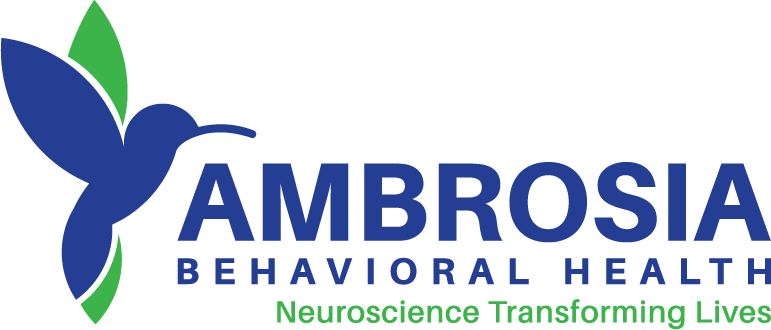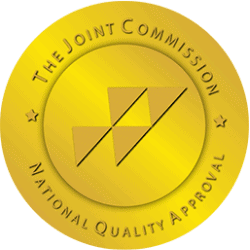Addiction is characterized by compulsive use even when you know you should stop. Some say almost any drug out there can become a vector of abuse, but it’s rare to hear people talk about their fascination with aspirin or antacids. Usually, when we’re talking about abusive drugs, we’re mentioning substances that alter our experiences.
Suboxone fits nicely into this category.
This substance was designed to help people overcome addictions to drugs like heroin and OxyContin. But its chemical structure can and will change brain chemistry. Take it long enough and in the wrong way, and you can grow addicted.

Suboxone Addiction
Suboxone was born from the painkiller overdose crisis. Experts searching for a new way to keep people away from opioids created what seemed like an ideal solution, but they left open the option of a new addiction.
Suboxone contains two elements.
- A narcotic: This ingredient is addictive, and manufacturers know that.
- An agonist: This ingredient works like a cap on opioid receptors, which can keep the drugs from working.
Each time you take Suboxone, your brain is enduring a push and a pull. The narcotic helps to scratch the itch of the addiction, so you’re not overwhelmed with cravings for drugs. Meanwhile, the agonist keeps some of the narcotic from working.
In theory, this should keep you from abusing the drug. If you take a very high dose, the agonist works against your high. Some of the drug will pass right through your body without doing anything at all. And the low narcotic will block your cravings, so you’re less inclined to binge in the first place.
The National Institute on Drug Abuse says very addictive drugs like heroin cause a rush of sensation, and it’s that instant transformation that makes them so rewarding. Suboxone, by contrast, has a slow onset. You shouldn’t feel the moment when it starts working, and that can also make it less enticing to abuse.
For people in recovery from addiction, Suboxone is a lifesaver. According to Psych Central, success rates with drugs like these are as high as 60 percent compared to 25 percent without medication support.
Even so, there are people who abuse Suboxone. Those who do can develop an addiction.

Suboxone Abuse
Your brain adapts to the substances you use. If you’ve abused hard drugs like heroin, the drug works differently in you than in a person who has never used. That key difference is vital to understanding Suboxone abuse.
If you’ve primed your brain for changes with the use of hard drugs, Suboxone seems mild or even helpful. But if you haven’t, it’s powerful.
A Suboxone dose can make you feel calm, sedated, and happy. Users say that all of their worries seem to melt into the background when they’re using the drug. It’s a bit like drinking heavily, they say, without the lack of coordination.
Reporters say that addictions to Suboxone often develop in people who have no experience with any kind of drugs. They’re given a Suboxone hit from a friend or family member, they enjoy it, and they keep using.
But other reporters say that people with addictions to hard drugs can use Suboxone to keep their habit alive. When they can’t get their substance of choice, they use Suboxone. And when they’re trying to get sober for a big event like a job interview, they lean on Suboxone to help.
Spotting an addiction means looking for changes in:
- Finances. Suboxone isn’t cheap, even with a prescription. People may sell possessions, steal money, or drain retirement accounts to pay for drugs.
- Appearance. Sedation makes good grooming difficult. People may stop bathing, or they may neglect to shave or get regular haircuts.
- Behavior. Unexplained sleepiness or sedation, especially if the two conditions take hold suddenly, could indicate drug abuse.
- Friendships. People with addictions may seek out likeminded addicts, and they may spend time with drug dealers.
- Motivation. People may lose interest in work or school as addictions grow in importance.
- Health. People may complain of aching muscles, running noses, and other flu-like symptoms. They’re caused by drug withdrawal, and they can develop between Suboxone doses.
It’s crucial to look for signs of abuse, as unaddressed Suboxone use can lead to severe consequences.

Dangers of Suboxone
Even though this medication was meant to help people, it can harm them if used improperly. The narcotic ingredient can suppress the central nervous system, and when it does, it can lead to death.
The New York Times analyzed deaths due to the drug and found 420 between 2003 and 2013. This is a low number, but it’s not zero. People can and do die from abusing this drug.
Experts interviewed for Kaiser Health News say death is more likely if Suboxone is combined with other drugs, including opioids and heroin. But it is dangerous even when used as the sole source of abuse.
The way you use Suboxone can also be deadly. Some users:
- Inject. State and local governments ban the sale of needles, encouraging addicts to reuse their equipment or share it. That leads to blood-borne pathogen trading. Your next hit could give you HIV or hepatitis.
- Snort. Liquids and gels can be heated and transformed into a snortable powder. But all of the plastics and other elements in the original drugs pop into the body with each dose too.
- Crush. Long-acting medications should be swallowed, but crushing them delivers all of the power at once. That can lead to overdose.
It’s also illegal to use, sell, or even possess Suboxone without a prescription. If you’re using this drug without the permission of a doctor, you’re risking your freedom.

Suboxone Treatment
We’ve explained that Suboxone is both dangerous and addictive. Don’t lose hope. If you have an addiction to this substance, there are programs that can help.
Withdrawal is your first step. Abrupt discontinuation of Suboxone use can lead to uncomfortable symptoms like sweating, vomiting, and shaking. Tapering your Suboxone dose helps your body slowly grow accustomed to a lack of drugs without discomfort. It can take several weeks to achieve sobriety, but this taper ensures the process is not causing unnecessary pain.
Once your body is used to a lack of drugs, it’s time to create sober habits. You’ll do that in rehab. Your counselor will help you understand the roots of your addiction, and together, you’ll develop tools and tips you can use when your cravings appear.
For many people, recovery is a wonderful gift, and it’s one they give themselves. You’ll find inner strength when you achieve and maintain your sobriety, and you’ll use that to help others in need. Your entire life will change for the better.
If you’re using, or you know of someone who is using, now is the time to make a change for the better.




